This house which is no longer there, stood in the middle of a field quite a way up Loy Lane, occupied at one time by the Armsby family, the water was taken from a well in the field.
Sheila Dwyer tells us: ”Loy House was the first place I lived in when I came home from hospital in June 1948. This was the home of my Great Grandparents Armsby, her name was Minnie. I’m not certain but I think his name was Albert. My mother’s maiden name is Violet Marshall. Her mother was Sarah Elizabeth Armsby from Staithes and then Loftus. I think there are Armsbys still living in Loftus?”
Marc Armsby also tells us:” William and Minnie were my grandparents. My Dad, Herbert, was the youngest of their nine children. Sarah Elizabeth born 1905, Hilda born 1907, Florence born 1909, William Henry born1911 (Died in January 1945 in Burma), Charles born 1914, Eva born 1916, John born 1919 (I think he died in Sicily), Ernest born 1921, Herbert born 1924.”
Billy Parkin advises: ”There were other children to William and Minnie Armsby, Hilda, Florrie and Herbert.” Norman Patton has added: “I think that Minnie Cason married William Armsby in the summer of 1904. It is likely that their first child was Sarah Elizabeth. They subsequently had five more children as far as I can see; William H, Charles, Eva M, John (later Private John Armsby who was killed in action in August 1943) and finally Ernest who was born in late 1921.”
Carol Armsby finishes with: “My mam and dad used to live at Loy House but moved to Loftus when I was 6 months old, so my brother Michael could go to school. I went to Loy House a few times before it was pulled down with my dad Ernest who bless him has passed away, along with my mam Mavis; my gran Minnie was a lovely lady and so was grand dad Albert although I only knew a bit about them as they died when I was about 5 years old. Yes there are a couple of Armsbys left at Loftus but by marriage only the last Armsby who was my Aunt Eva died a couple of years ago now bless her.”
Thanks to Sheila Dwyer, Marc Armsby, Norman Patton, Carole Dewings and Billy Parkin and Carol Armsby for the updates.
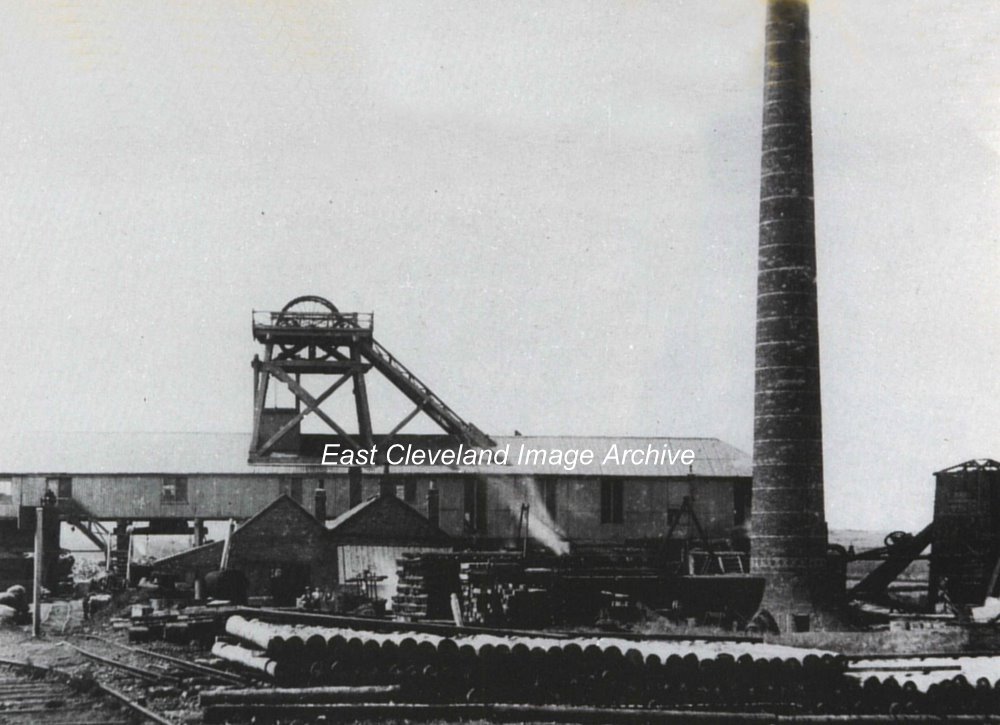
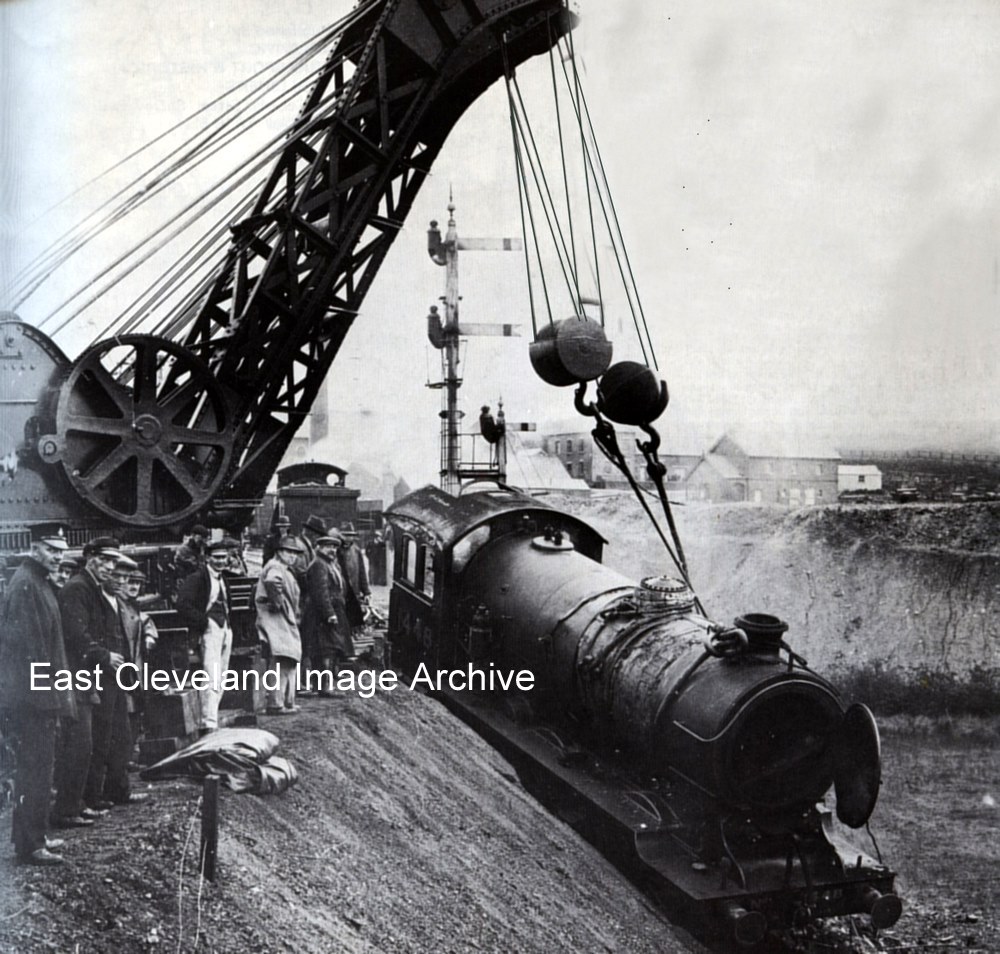
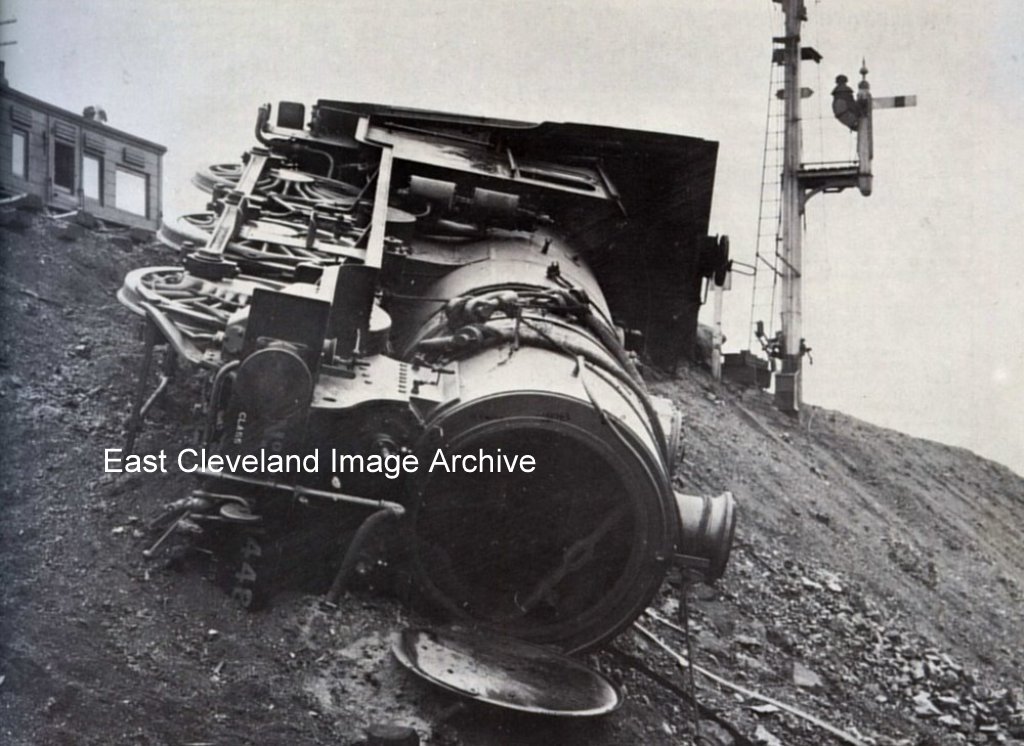
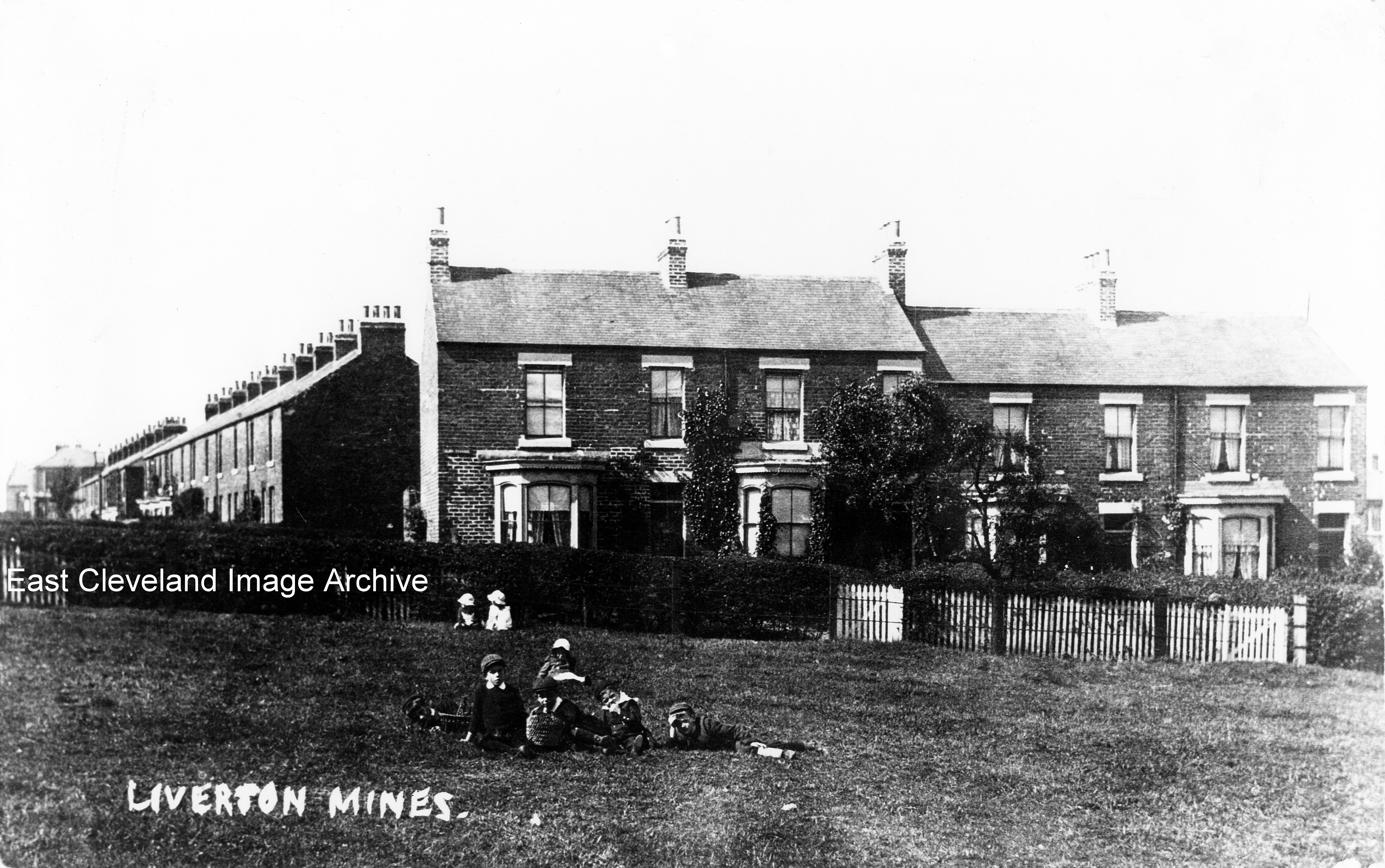
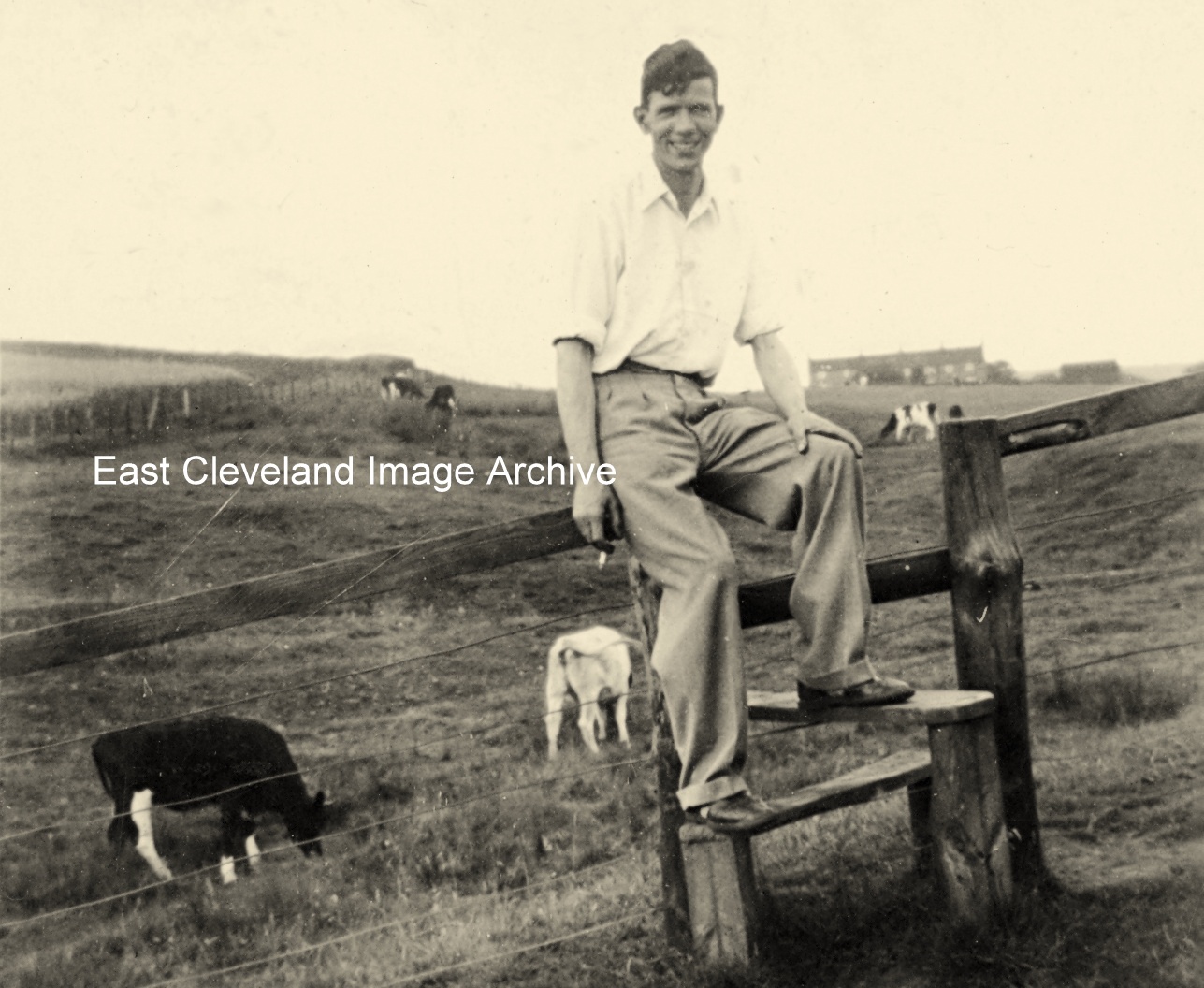
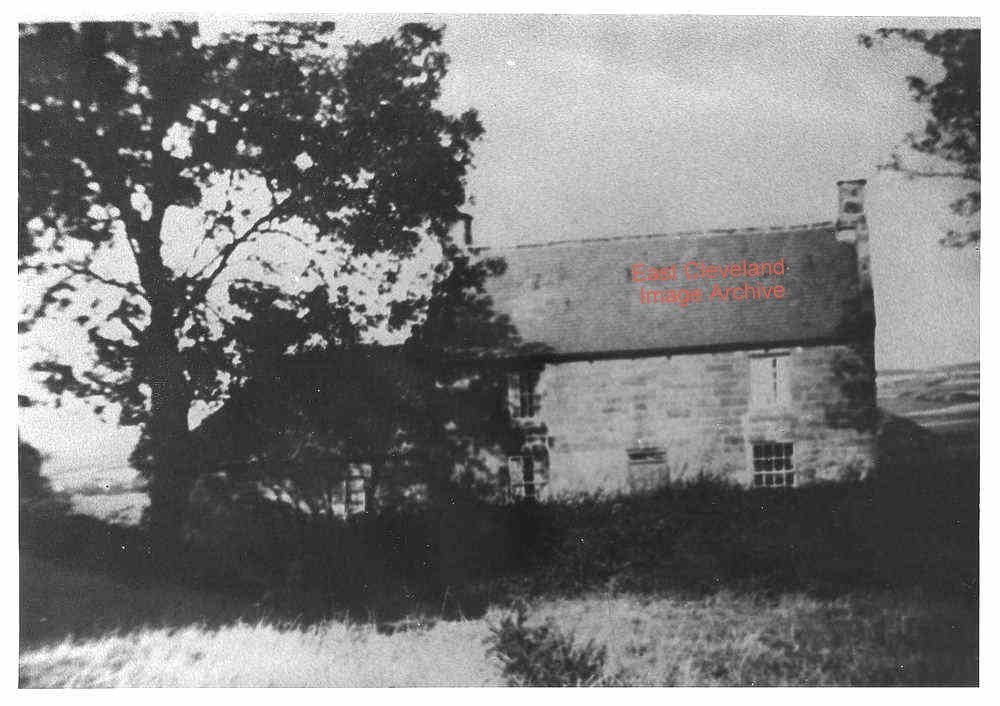
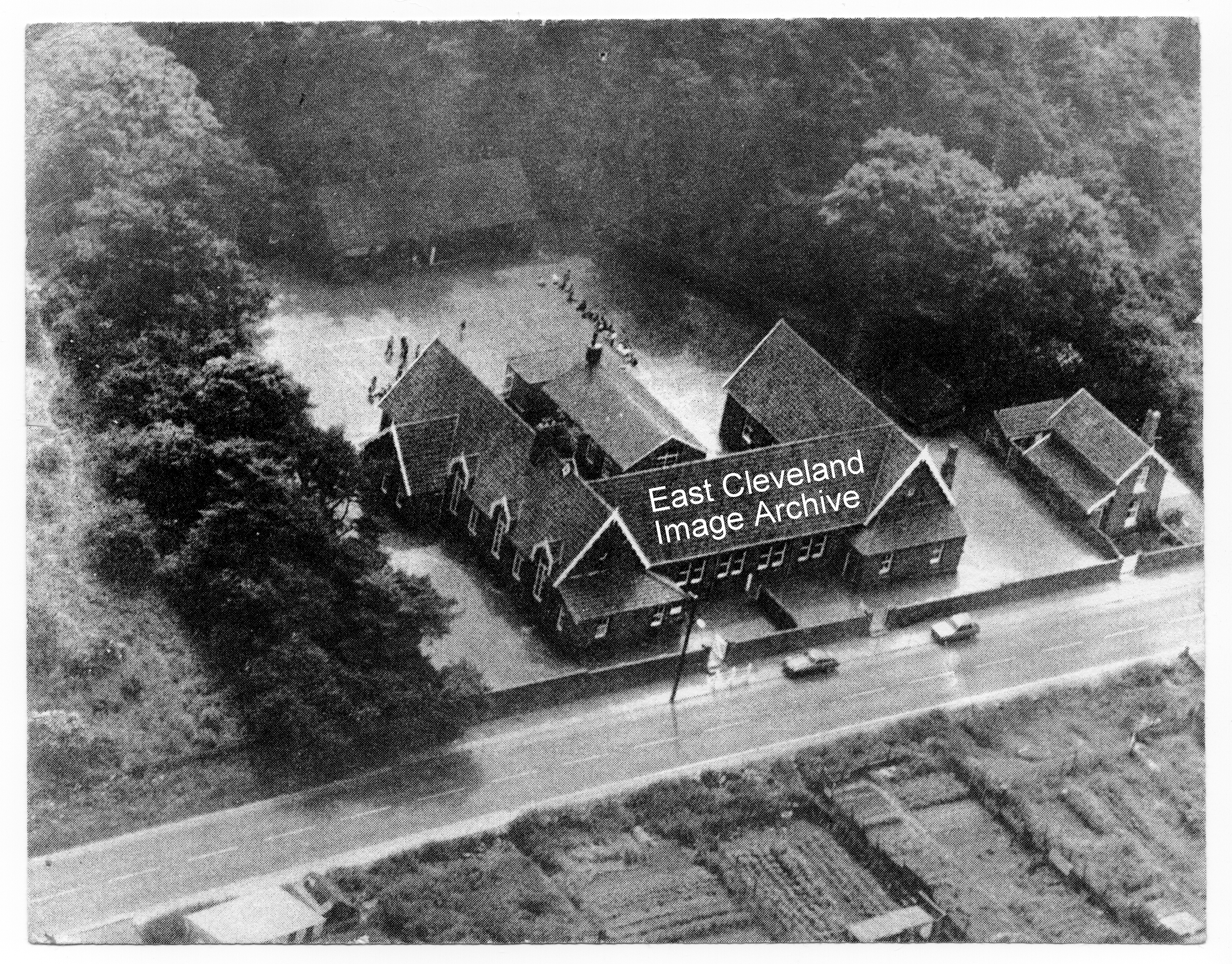
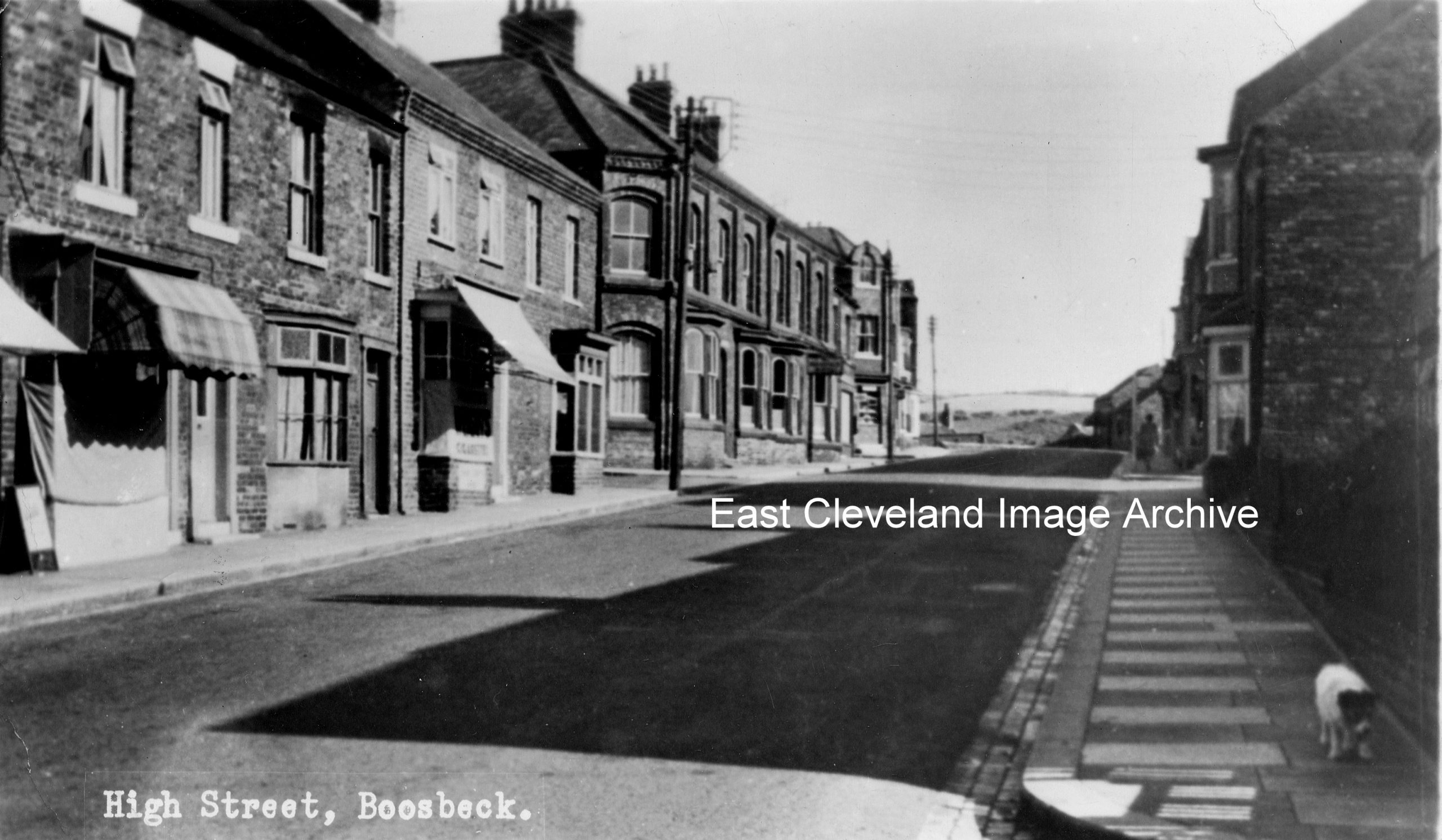
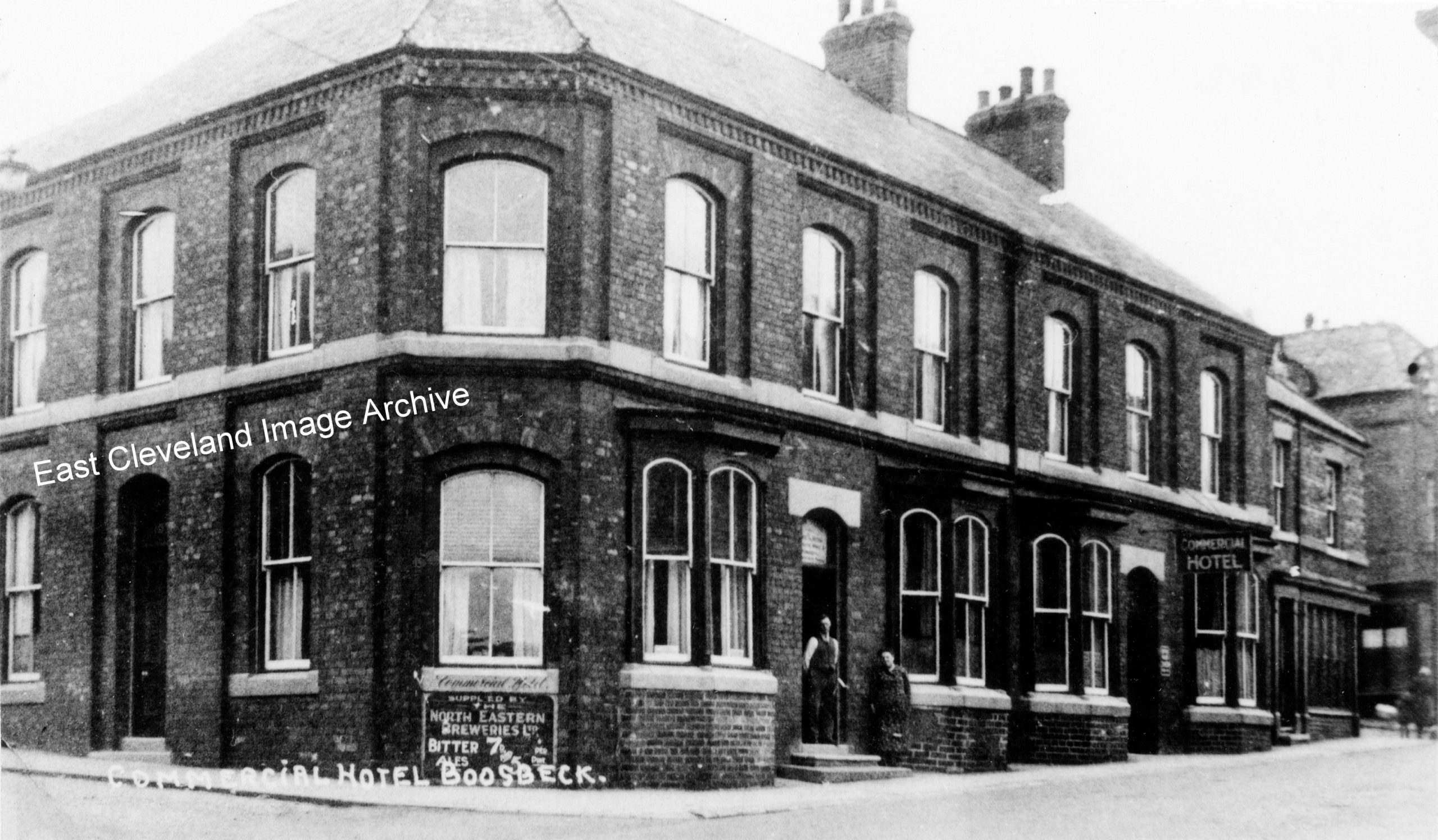
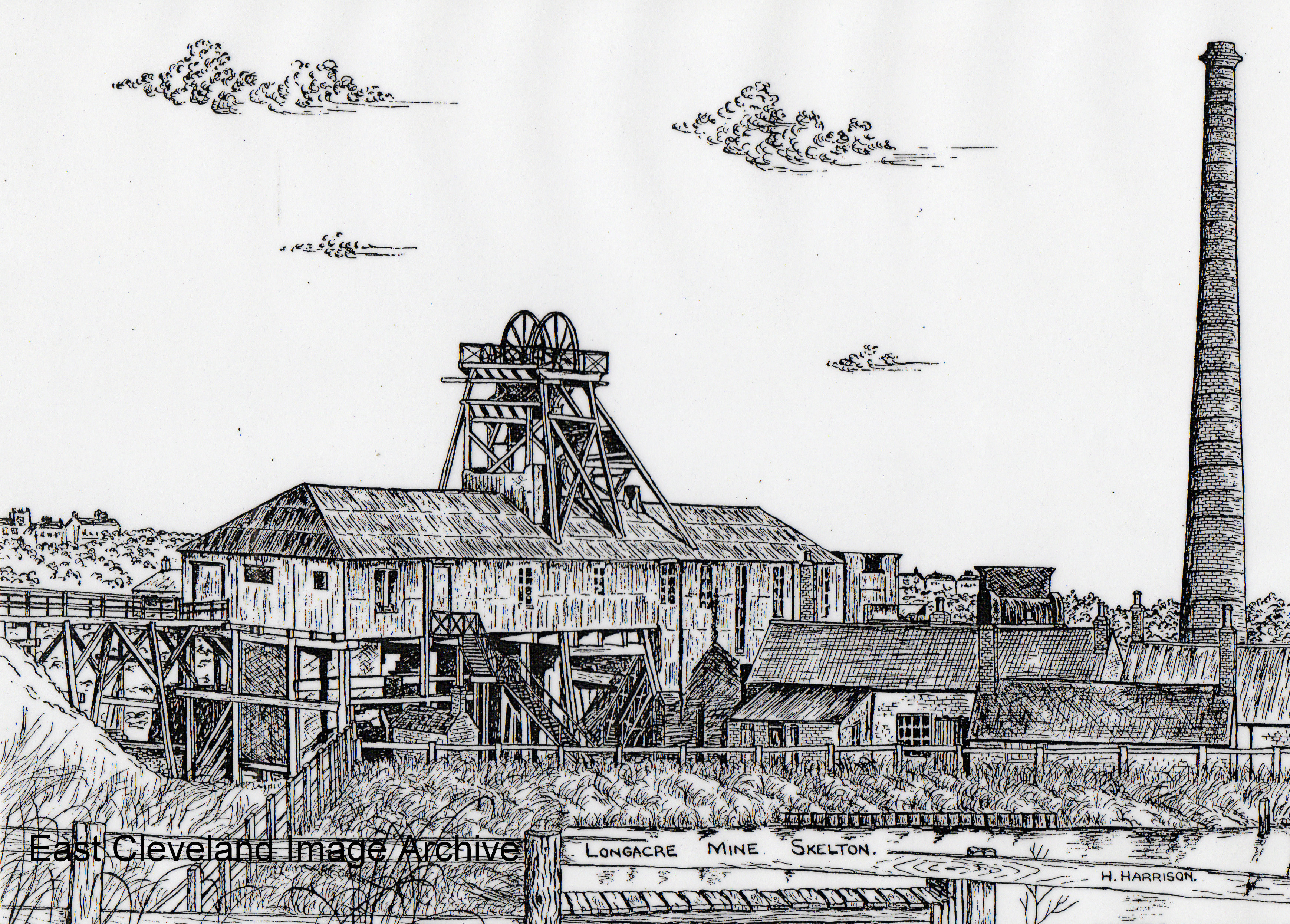
Recent Comments